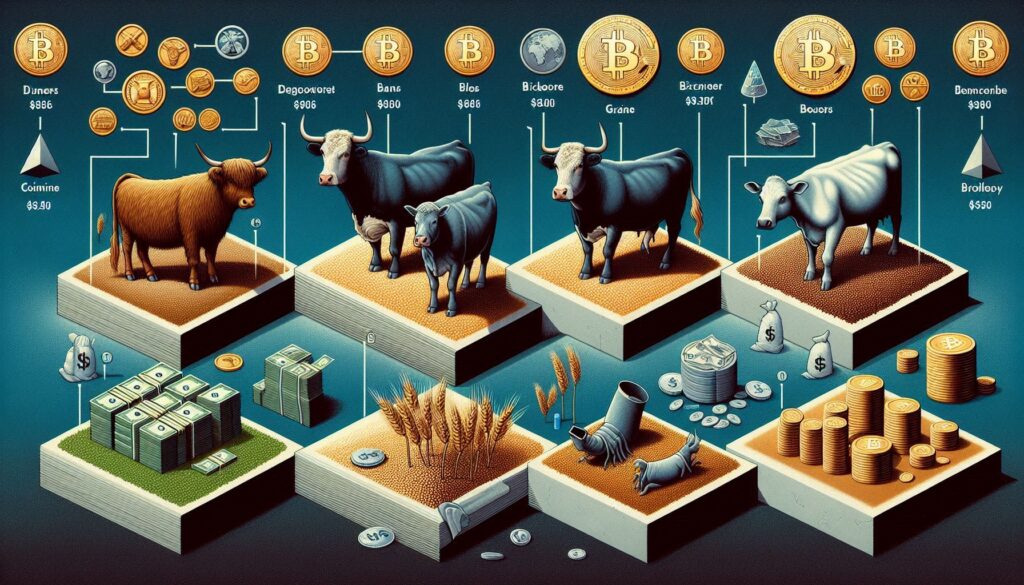How Governments Control Money

We have learned that money is a tool with five characteristics and that it serves three functions. Thiers’ Law states that, under normal market conditions without price controls, good money drives out bad money. Most societies globally, however, do not have completely free markets without price controls.
Interest rates are the most fundamental price control: they determine the price of capital. Every service or commodity is priced in money; fixing the cost of money (interest rates) impacts the price of every other good or service. Governments control the cost of capital. In this, they have an incredible power.
Let’s look at why governments grab and seek to maintain this power, how they have exercised it in the past, and what the future could look like.
Money Rankings on a Quality Scale

Money is simply a tool with five characteristics: durability, portability, divisibility, acceptability, and scarcity. In post #4, we saw that money has three different functions: store of value, medium of exchange, and unit of account.
I’ve made a rubric to help visualize how various monies compare. This point should be emphasized: all measurements or rankings are relative to other forms of money. There is no objective measure. This ranking is also somewhat subjective, though I trust you will see it is fair.
Three Functions of Money

High-quality money rates highly in each of these areas, low-quality money does not. The best money ranks highest across all categories.
Money serves three basic functions:
-Store of value
-Medium of exchange
-Unit of account
How different forms of money rank in each of the five characteristics will determine how well it can carry out these three functions.
Five Characteristics of Money

I’ve made the point that money is a tool. It is a technology. It was invented to solve a problem.
Every tool has a level of quality. In the world of hand tools, Snap-on tools are better than Craftsman which are better than Harbor Freight. In the same way, different forms of money have different levels of quality.
We can gauge tool quality in several categories. With hand tools, categories could include physical materials (stainless vs. aluminum), production method (stamped vs. die cast), ergonomics, warranty (lifetime vs. shorter), etc. Money also has natural categories within which we can gauge its quality. I’m calling these the five characteristics of money.
How Money Solves a Problem

Money solves the problem of the double coincidence of wants. Stated positively, both sides of a transaction must desire what the other has or the transaction can’t happen.
Money solves this problem in at least four ways:
1. Separates the act of buying from selling
2. Enables economic specialization
3. Increases market liquidity
4. Enables indirect exchange
Let’s look closer at each of these four elements.